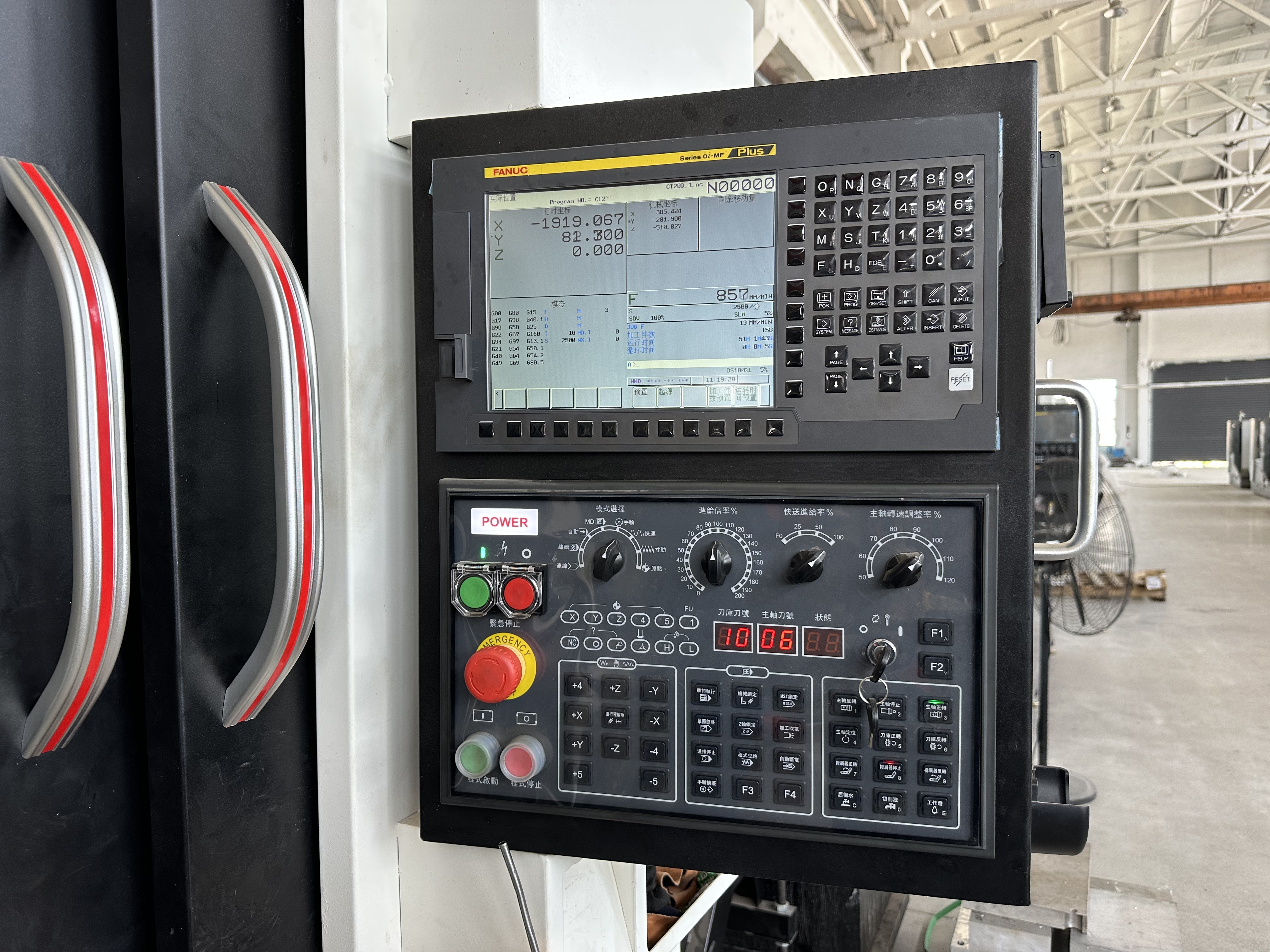Various deformations may occur during the deep processing of aluminum profile workpieces. In addition to the problems of materials, equipment, and tools, the processing operation method is also very important. Today, let's introduce the operation skills of deep processing of aluminum profiles.
1. Pay attention to the sequence of cutting, rough machining pays attention to processing efficiency, and cut off as much aluminum as possible in as little time as possible. Therefore, rough machining generally adopts up milling. While finishing focuses on high precision, down milling should be used.
2. Precautions for clamping of thin-walled aluminum profiles. Thin-walled aluminum profiles are easily deformed, so special attention should be paid during deep processing. Recover and then lightly compress again. This is a test of the worker's level and the shape is about to be added
3. Appropriately choose symmetrical processing. For parts with large machining allowance, symmetrical processing can be selected for better processing heat dissipation
4. Workpieces with many cavities can be processed in layers and multiple times. If the processing of multiple cavities is done in sequence, one by one, the workpiece will be deformed due to uneven force. Multiple layers of processing are used to process each layer to each cavity. This processing deformation can be greatly reduced.
5. Change the cutting amount to reduce the cutting force and cutting heat. If the machining allowance is too large, the cutting force of one pass will not only deform the aluminum profile, but also reduce the rigidity of the equipment spindle and the life of the tool. However, high-speed milling is used in CNC machining, which can overcome this problem. While reducing the back cutting amount, as long as the feed is increased accordingly and the speed of the machine tool is increased, the cutting force can be reduced while ensuring the processing efficiency.
6. Pay attention to the chip space of the milling cutter when processing aluminum profiles with cavities. If the milling cutter is directly pierced, it may cause insufficient chip space and cause aluminum profile parts to overheat, expand, chip, and break. First drill with a drill bit of the same size or one size larger than the milling cutter, and then mill with a milling cutter.



.jpg)



.jpg)